The varnish machine wood is an indispensable asset for professionals in the woodworking and furniture manufacturing sectors. This sophisticated equipment is engineered to apply varnish uniformly, enhancing the wood's natural beauty and extending its lifespan. Varnish machines for wood are not just a single entity but a spectrum of devices designed for a variety of applications, ranging from handheld units for small-scale projects to fully automated lines for industrial production.
Types and Characteristics of Varnish Machines for Wood
Delving deeper into the types of varnish machines for wood, we find a diverse array of products each with unique characteristics. Handheld sprayers are portable and ideal for touch-ups or small jobs. Stand-alone units are more robust, suitable for medium-sized operations, and often feature advanced settings for thickness and spray pattern control. Automated varnish lines are the pinnacle of technology in this field, designed for high-volume production with precision application, often integrating UV curing for rapid drying. Each type is tailored to specific production scales and user capabilities, from artisan workshops to large-scale furniture manufacturers.
Structure and Operation of Varnish Machines
The structure of a varnish machine for wood is a marvel of engineering, consisting of several key components. The feeding system ensures a steady supply of varnish to the application mechanism, which could be a spray nozzle or a roller, depending on the machine type. In automated systems, the drying area is equipped with controlled ventilation or UV lamps for quick drying. The control unit, often a PLC, is the brain of the operation, allowing for precise adjustments and consistent quality. Each component works in harmony to deliver a flawless finish, with sensors and actuators ensuring that every piece of wood is varnished to perfection.
Materials and Properties in Varnish Machines
The materials used in the construction of varnish machines for wood are chosen for their durability and performance. Stainless steel is commonly used for its resistance to corrosion and ease of cleaning, ensuring longevity and consistent operation. Rubber and synthetic components are selected for parts that require flexibility, such as seals and hoses. The properties of these materials, such as thermal stability and chemical resistance, are critical in withstanding the harsh environments of varnish application and ensuring the machine's reliability.
Business Usages and Applications
Varnish machines for wood have revolutionized various industries by enhancing efficiency and product quality. In manufacturing plants, they are integral in assembly lines for furniture, cabinetry, and flooring, providing a high-quality finish that is both protective and visually appealing. Building material shops utilize these machines to offer custom-finished products. Even in construction, where on-site finishing of installations is required, portable varnish machines have proven invaluable. These machines create business value by improving product durability, reducing manual labor, and enabling a higher standard of finish that meets consumer expectations.
Functions and Tasks of Varnish Machines
The primary function of a varnish machine for wood is to apply a protective layer of varnish. However, beyond this, specific tasks can include sanding, sealing, and even staining. Advanced models can perform multiple functions, transitioning from one application to another with minimal downtime, thus serving multiple stages of the finishing process.
Features and Unique Selling Points
The distinct features of varnish machines for wood include precision application controls, which allow for adjustments in varnish flow and thickness. Some models boast eco-friendly designs with reduced overspray and waste. The unique selling points of these machines often lie in their efficiency, the quality of finish they can achieve, and their adaptability to different varnish types and wood surfaces.
Benefits and Positive Outcomes
Using a varnish machine for wood brings numerous benefits. It ensures a consistent and even application of varnish, which is crucial for both appearance and protection. The efficiency of these machines reduces the time and labor costs associated with manual finishing. Additionally, the superior finish they provide can enhance the resistance of wood products to moisture and wear, extending their lifespan.
How to Use and Operate Varnish Machines Effectively
Effective operation of a varnish machine for wood begins with understanding the specific model's instructions. Operators should be trained on the correct filling, setting adjustments, and operation procedures. For selecting the right model, consider the volume of work, the type of wood products being finished, and the desired finish quality. Cleaning involves disassembling removable parts and using solvents or cleaners recommended by the manufacturer. Maintenance routines should include regular checks of hoses, nozzles, and mechanical parts for wear and tear. Installation should be carried out in accordance with the manufacturer's guidelines, ensuring that the machine is level and securely positioned.
Target Audience and Meeting Needs
The target audience for varnish machines for wood is broad, encompassing small-scale woodshops to large furniture factories. Each product is designed with the end-user in mind, whether it's a simple, user-friendly model for occasional use or a high-capacity machine for continuous industrial operation. By understanding the specific needs and preferences of these diverse users, manufacturers of varnish machines can tailor their products to meet the exact requirements of their clientele.
How to Choose the Right Varnish Machine for Wood?
Choosing the right varnish machine for wood involves assessing your production needs, the types of wood products you work with, and the finishes you aim to achieve. Consider the machine's capacity, the flexibility of settings, and the type of varnish it can handle. Evaluate the key selling points such as ease of operation, productivity, and price to ensure the best fit for your business.
How to Maintain Your Varnish Machine for Optimal Performance?
Maintenance is key to ensuring the longevity and optimal performance of your varnish machine for wood. Regular cleaning, adherence to service schedules, and prompt repairs are essential. After-sales services such as online support and video technical support are available, with engineers ready to provide overseas assistance if necessary.
What After-Sales Services Are Available for Varnish Machines?
After purchasing a varnish machine for wood, a range of after-sales services is typically available. Providers offer online support, video technical support, and engineers available to service machinery overseas, ensuring that your machine continues to operate at peak efficiency throughout its service life.
Exploring the options on Alibaba.com will reveal a selection of varnish machines suitable for a variety of wood products, each designed to meet the demands of modern wood finishing processes. With detailed machinery test reports available, you can make an informed decision to ensure that your investment contributes to the productivity and quality of your woodworking endeavors.




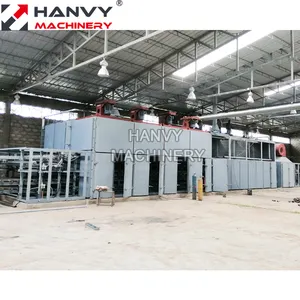



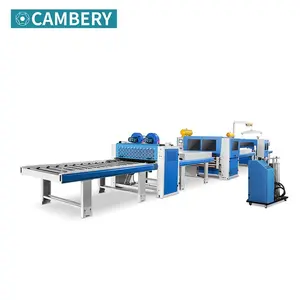








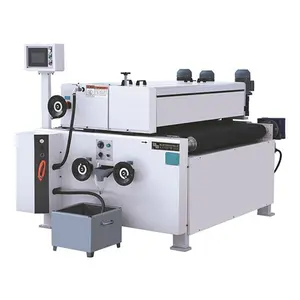
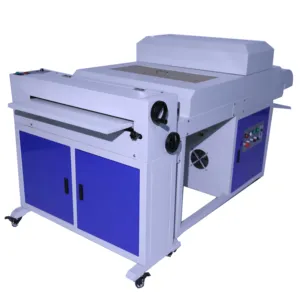
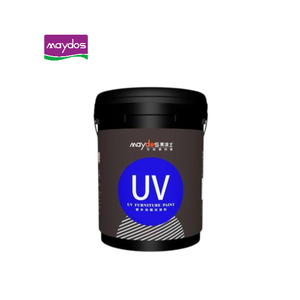





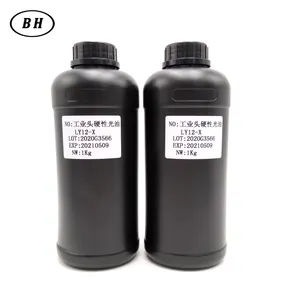
![[JT-SE1200S] Ce Standard Uv Curtain Coating Machine Uv Spray Coating Machine Uv Coating Machine For Wood](https://s.alicdn.com/@sc04/kf/Hfd05b6c636a74fe49aab834e2fe79b74Q.jpg_300x300.jpg)


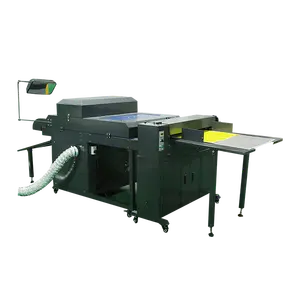

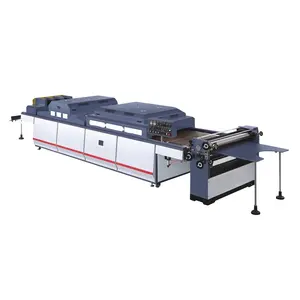
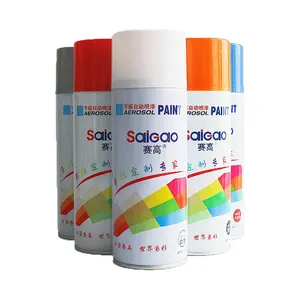
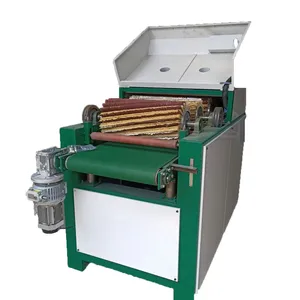


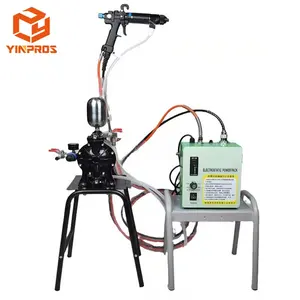
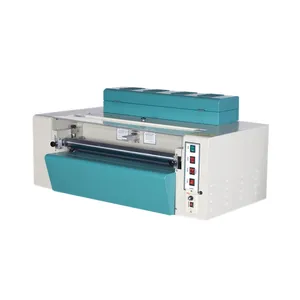



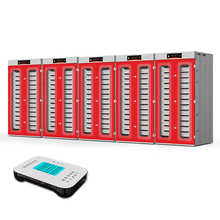
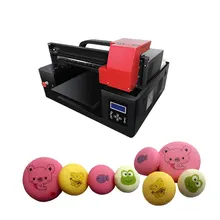





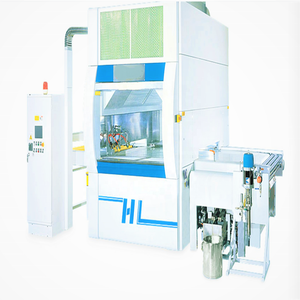



























 浙公网安备 33010002000092号
浙公网安备 33010002000092号 浙B2-20120091-4
浙B2-20120091-4